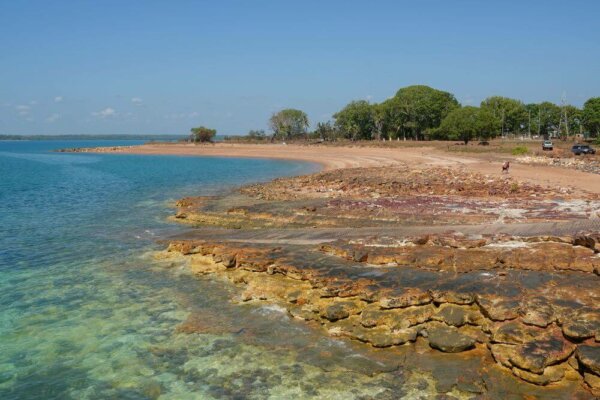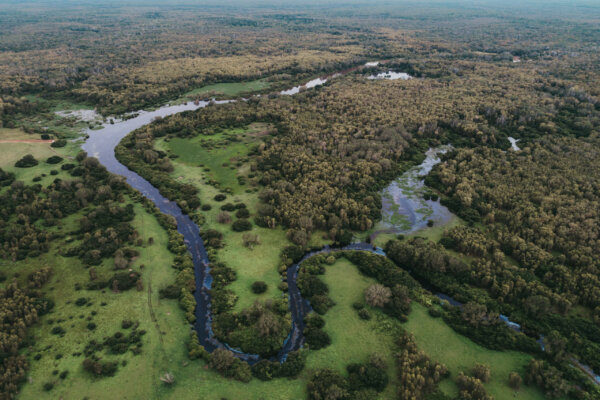Established in 1989, Charles Darwin National Park is one of the newer national parks in the Northern Territory. It is only 15 minutes from the middle of Darwin and has an interesting mix of natural attractions, indigenous culture and World War 2 history.
During a stay in Darwin, we had a few hours spare one day so went for a look around Charles Darwin National Park. We left with a mixed opinion of the place so thought it was worth sharing our top 10 tips about this National Park near Darwin.
Disclosure: Please Note That Some Links In This Post May Be Affiliate Links, And At No Additional Cost To You, We Earn A Small Commission If You Make A Purchase. Commissions Go Toward Maintaining The Curious Campers Website.
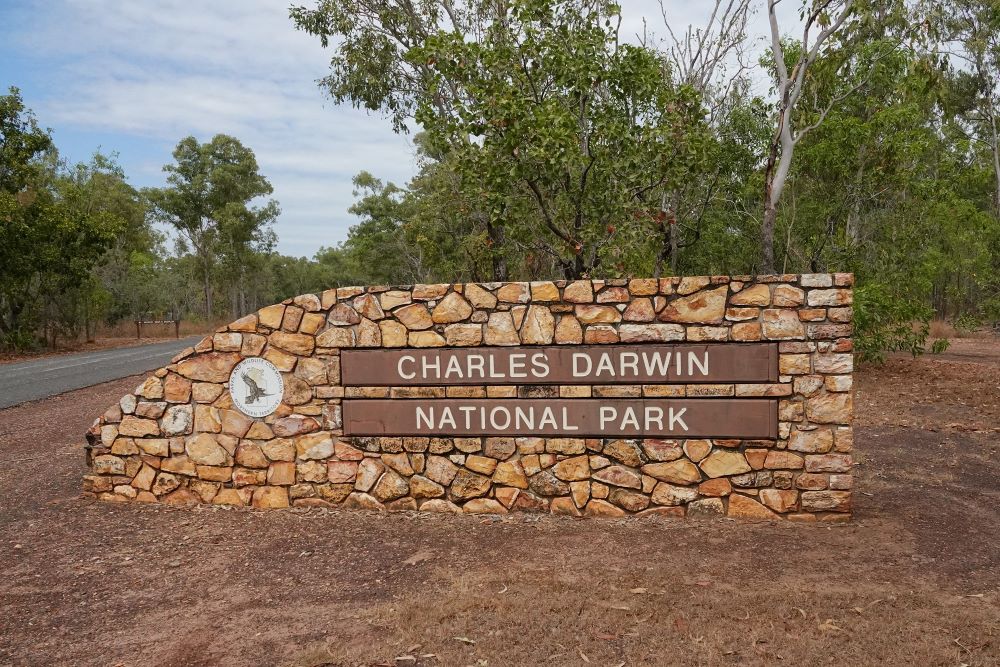
Contents
- Getting to Charles Darwin National Park
- Do you need a National Parks Pass?
- Driving around Charles Darwin National Park
- What does Charles Darwin National Park Look Like?
- World War 2 History
- Picnic Ground & Lookout
- Mountain Bike Riding
- Charles Darwin National Park Walks
- Is there a Mangrove Walk?
- Is there any Indigenous History?
- Charles Darwin National Park Review & Final Thoughts
Getting to Charles Darwin National Park
Charles Charles Darwin National Park is easy to get to. The most direct route is along Tiger Brennan Drive. Some navigations apps say you need to go past the main entrance and do a U turn to get in but that is wrong. You can turn right from Tiger Brennan Drive and go in the main gate.
Do you need a National Parks Pass?
You do not need a park pass for Charles Darwin National Park. Even though you will probably have a park pass for visits to Litchfield, Kakadu or Mary River National Parks, you won’t need one here. Parking is free too.
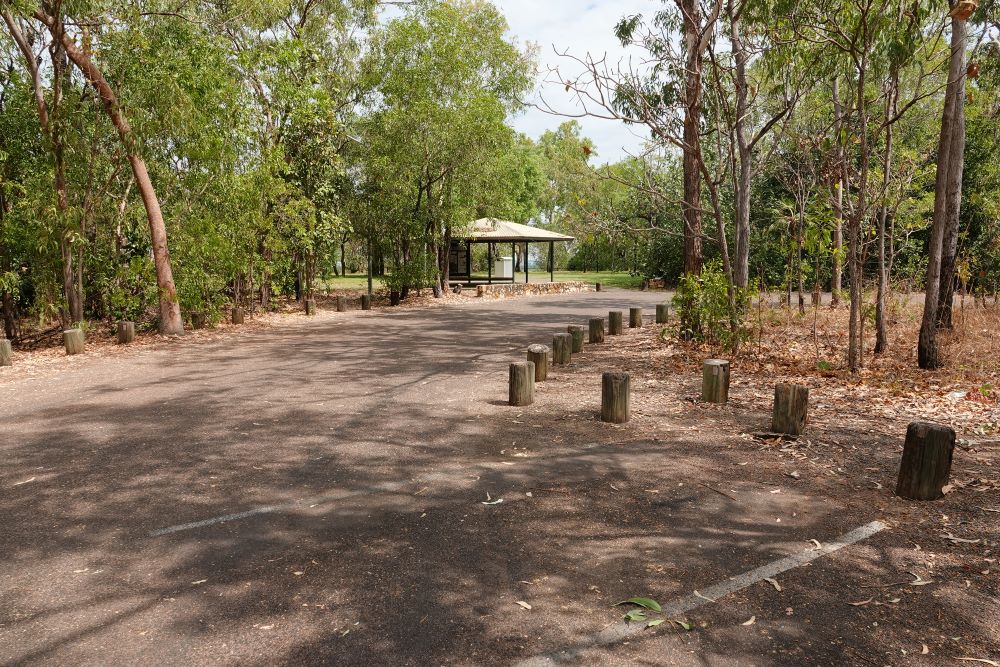
Driving around Charles Darwin National Park
One of the nice things about Charles Darwin National Park is that you shouldn’t get lost driving around it. From the entrance there is a single sealed road that divides and does a loop to and from the picnic area back to where you drive in.
What does Charles Darwin National Park Look Like?
Charles Darwin National Park covers a range of landscapes. At the top of the park where you come in is savannah bushland. The park then extends down towards Port Darwin and Frances Bay where there are significant mangrove habitats.
A claim to fame of the park is that it is home to 36 different mangrove species. Whether you are fan of mangrove habitats or just an interesting landscape, the prospect of exploring the mangroves is pretty exciting but more on that shortly.

World War 2 History
This is one of three highlights in Charles Darwin National Park. There is no shortage of World War 2 history around Darwin, and you experience more here. The park occupies an area that was used to store explosives. Dotted around the park are RAAF explosives facilities that have been dug into the side of hills.
Shed 12 is right next to the road as you enter the park. There is room to park, and you can go inside and look at a display of signage and artefacts from World War 2. It is a display with lots of information and it is the only store you can access so it is worth a look.
As you walk around the park you will see more of the well camouflaged stores that are only visible by the arched doors.
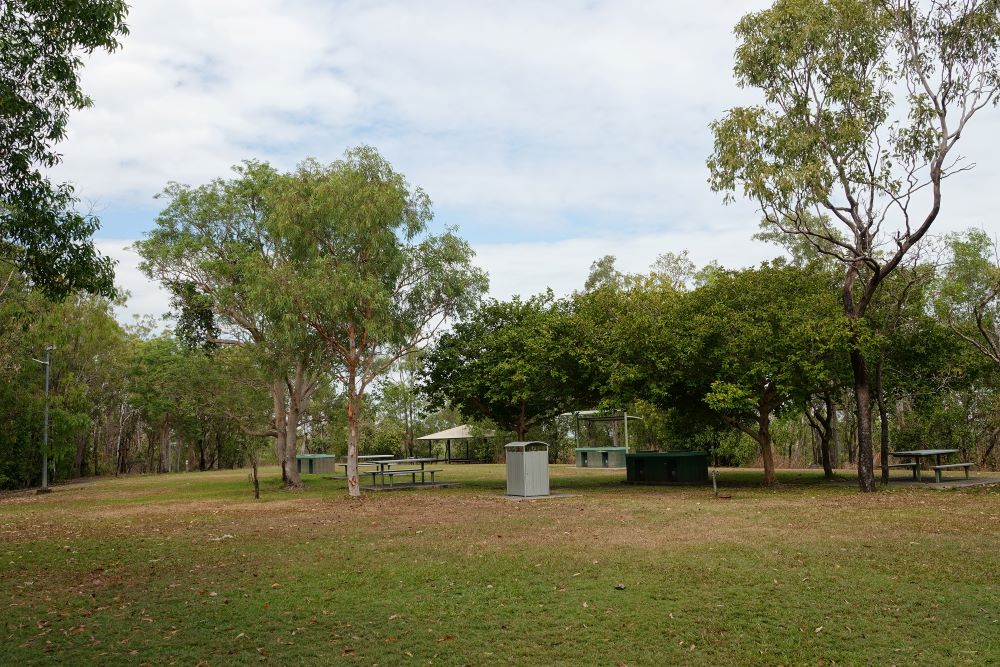
Picnic Ground & Lookout
This is another lovely feature of Charles Darwin National Park. The road in finishes at a carpark and grass reserve. There are gas BBQs, picnic tables, toilets and drink fountains. Tall Eucalypts provide plenty of shade and habitat for a host of birds. A couple of red tailed black cockatoo were having a great time with the gumnuts when we were there.
Right at the picnic area there is a lookout with views of Darwin and Darwin Harbour. Unless they do a bit of pruning soon, it won’t be long before the views are obscured but for now you can still catch a glimpse of the city.
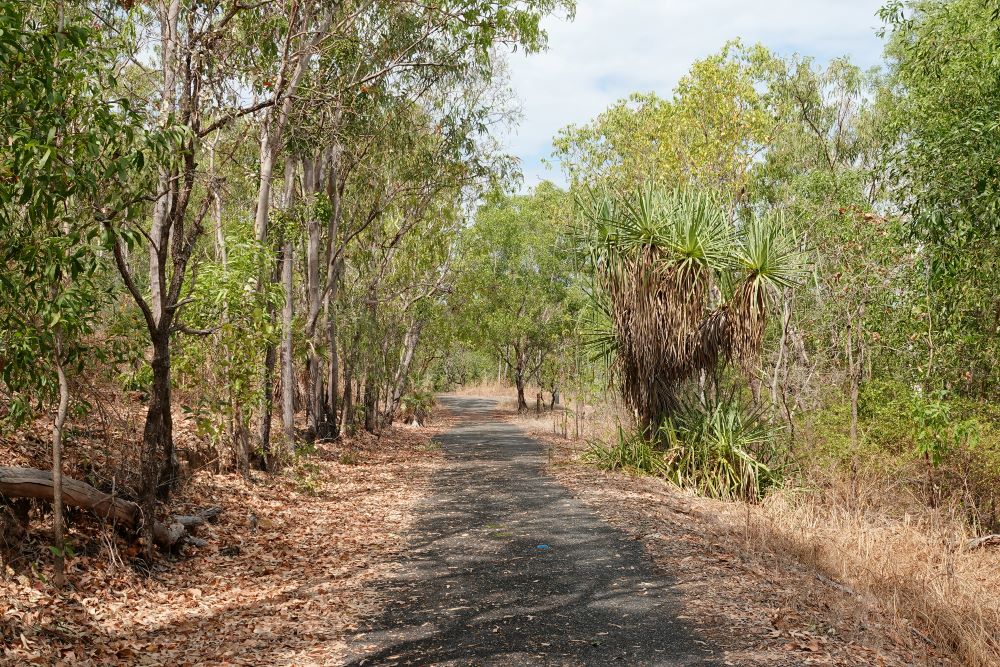
Mountain Bike Riding
The third good feature of Charles Darwin National Park are the bike tracks. If you are travelling with some pedal power attached to your car or caravan, bring them along. There are 16 well marked bike tracks through the park, and they are probably the best way to see the different habitats Charles Darwin National Park has on offer.
There is a big map describing the bike tracks and how hard they are in the picnic area. Choose a ride from all ability levels that make their way through both the forest and the mangroves.
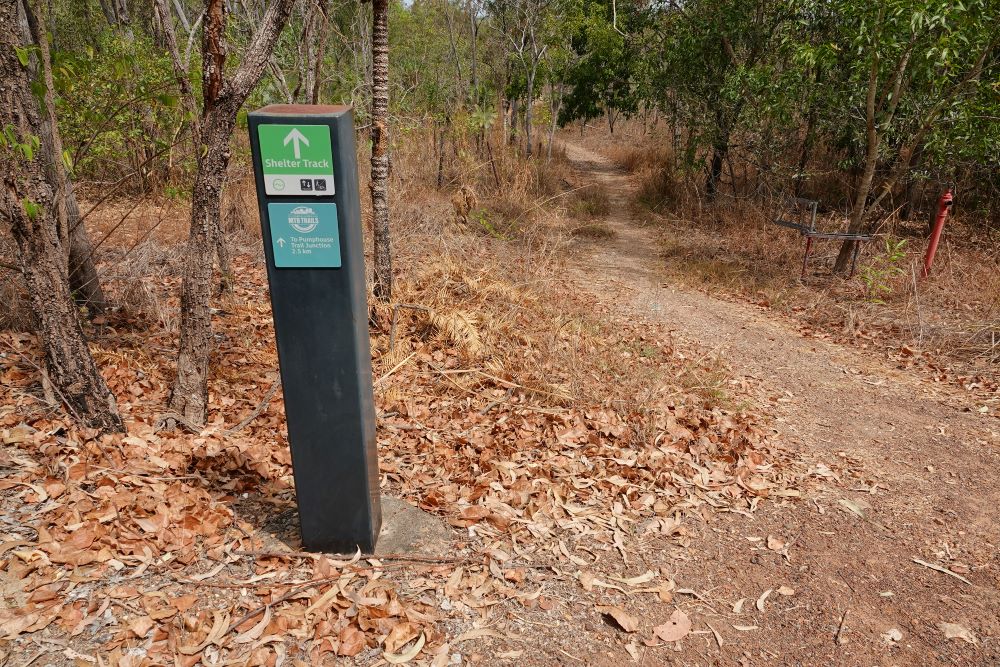
Charles Darwin National Park Walks
Officially there is one short walk if you want to look around the park on foot. The easy 30 – 45 minute loop goes from the carpark, down below the lookout, past more bomb stores and a big shelter and back to the picnic area. The online map of the park is unusually poor by NT Parks standards, they usually produce excellent information on their website. There is a sign in the picnic area that shows the route.
The easiest way to do the walk is start on the paved path and go past the toilets, along a dirt track past a couple more stores, down the steps and turn right. You’ll go past a big open shelter and more explosive stores, then make your way up a gentle slope back to the picnic area.
We did it in the opposite direction not realising you had to take the stairs up and ended up somewhat lost on a bike track or fire trail. If you use the stairs and turn right at the bottom you can’t go wrong. Turn left and there is no signage to get you back to the carpark or picnic area.
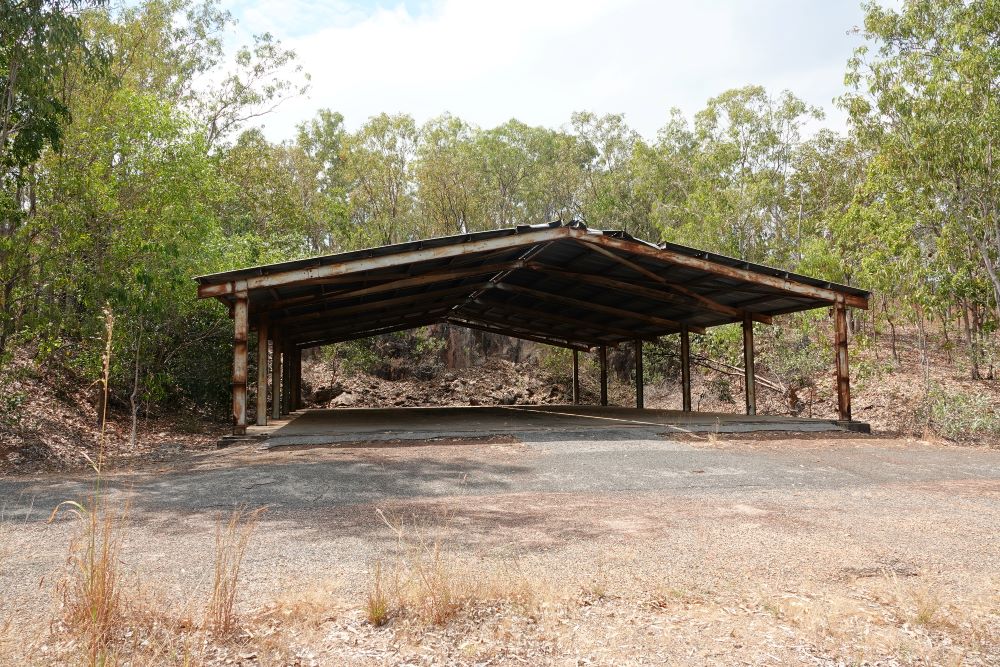
Is there a Mangrove Walk?
The big sign in the picnic area shows a shared bike and walking path that takes you into the mangroves. The start of it is called the Shelter Track. This takes you to a T-section at the Mangrove Track. If you are interested in seeing the mangroves, there are a couple of things to be aware of here.
The first is insects. If the mosquitoes don’t get you, the sand flies will. Reviews from people walking this section of the park are littered with stories of being eaten alive. By all accounts bug spray just seems to make the insects angry and more determined to make your life miserable.
Next, the Shelter and Mangrove Tracks take you further and further from the carpark. On the sign, the Mangrove Trail just disappears off the side of the map and you will too if you follow it. So, if you want to see some of the mangroves, wear long, loose fitting clothing and consider doing your own out and back course so you get back to your car.
Read More: Mangrove Boardwalks in Darwin
Is there any Indigenous History?
Besides the limited nature of the walks, this was another small disappointment. The Larrakia people have lived in the area around Charles Darwin National Park for generations. Middens have been found in the park that date back up to 5000 years. It would be interesting to see them. Perhaps they are protected sites, but there was no information saying where you could go to find them.

Charles Darwin National Park Review & Final Thoughts
Charles Darwin National Park is a small but interesting park. We are glad we had a look around; these are our final thoughts…
- It’s easy to get to from Darwin and no park pass required which is nice.
- The World War 2 history is fascinating to see and read about. Make sure you stop at the open bomb store near the entrance.
- The picnic area is lovely. There is plenty of shade, good views, you get a nice breeze on the hill and there are birds everywhere.
- Great bike trails, cycling is probably the best way to see the park.
- The short walk is okay, but you only see a small part of the park and it could do with more signage. We felt like doing more exploring but for walkers there is limited well-marked opportunities to do so.
- Venture into the mangroves at your peril! If you want to see them, you might be better off at the East Point Mangrove Boardwalk near Fannie Bay.
- Allow 30 minutes to 90 minutes to look around. How long you stay will depend on whether you venture into the mangroves or just relax in the picnic area after the short walk.
If you enjoyed this story you might also like:
Liked it? Pin it for Later…



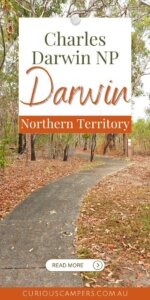
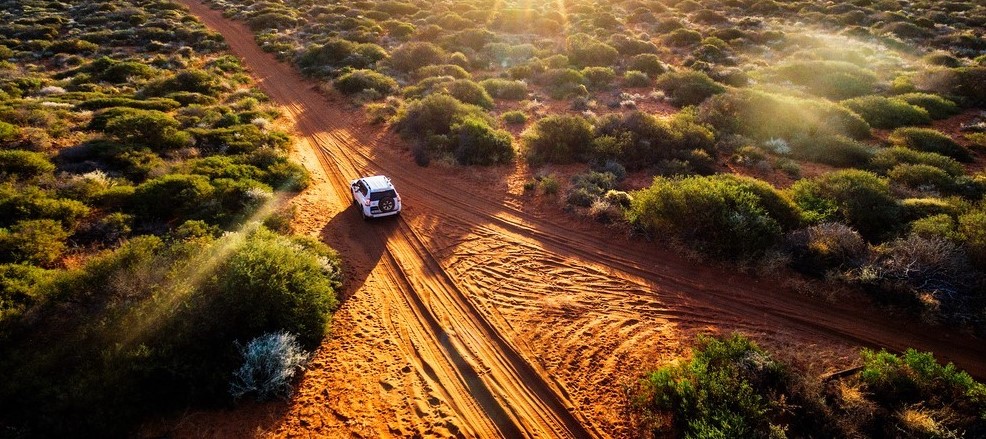
500 THINGS TO DO
Join our mailing list and receive our Free Top 500 things to do in Australia. If you love the Australian Outdoors download this list and keep it handy when you are planning a weekend away or a road trip around Australia.



